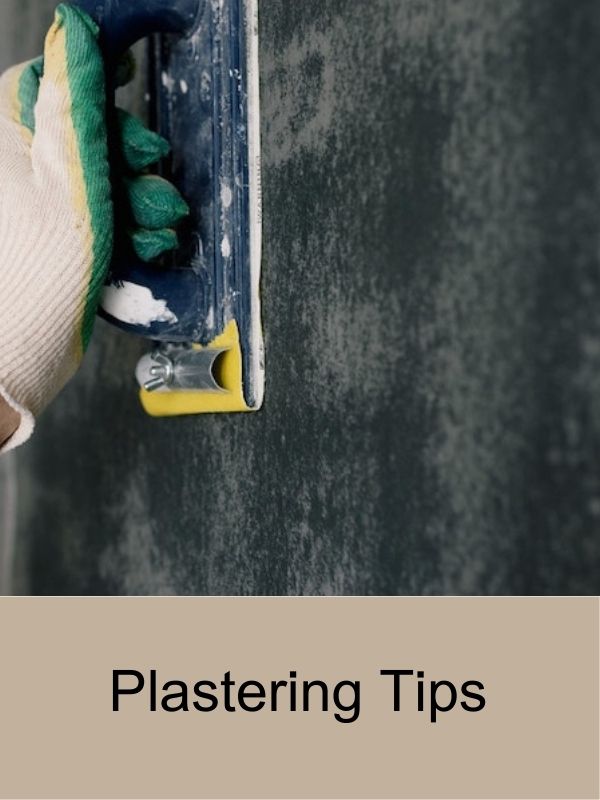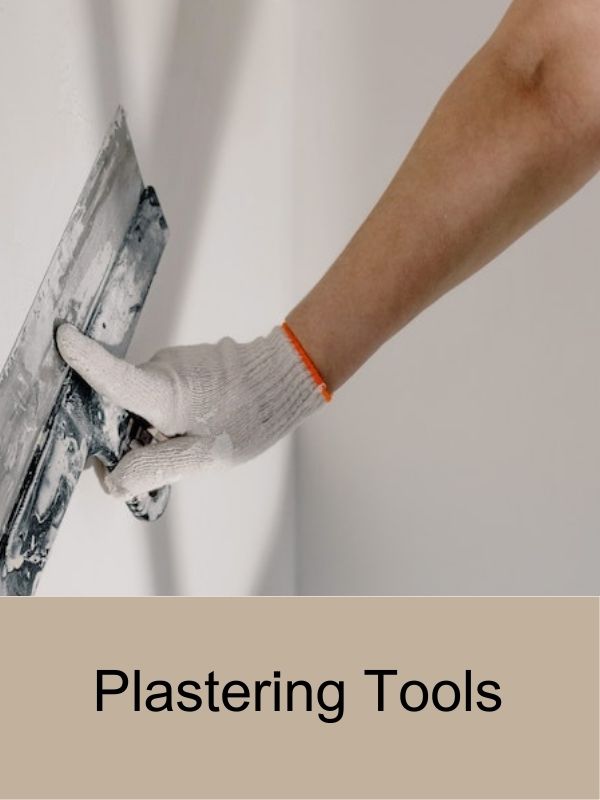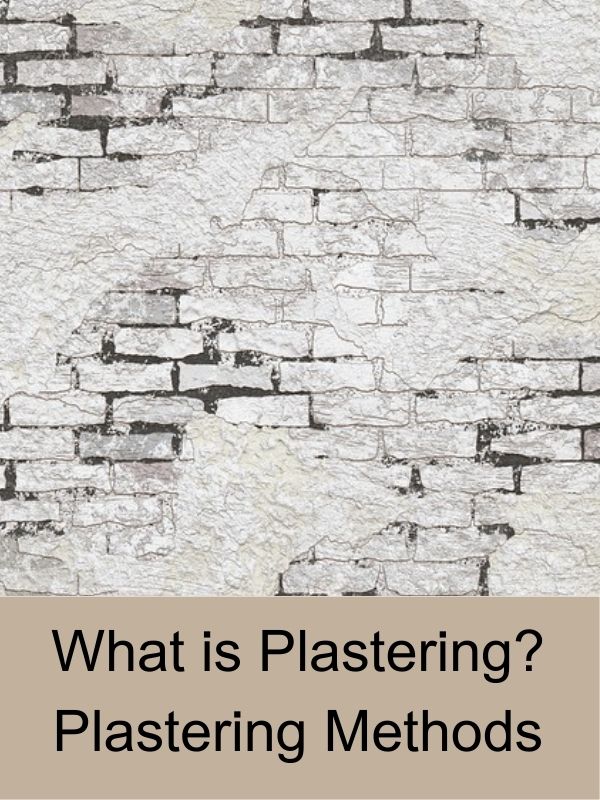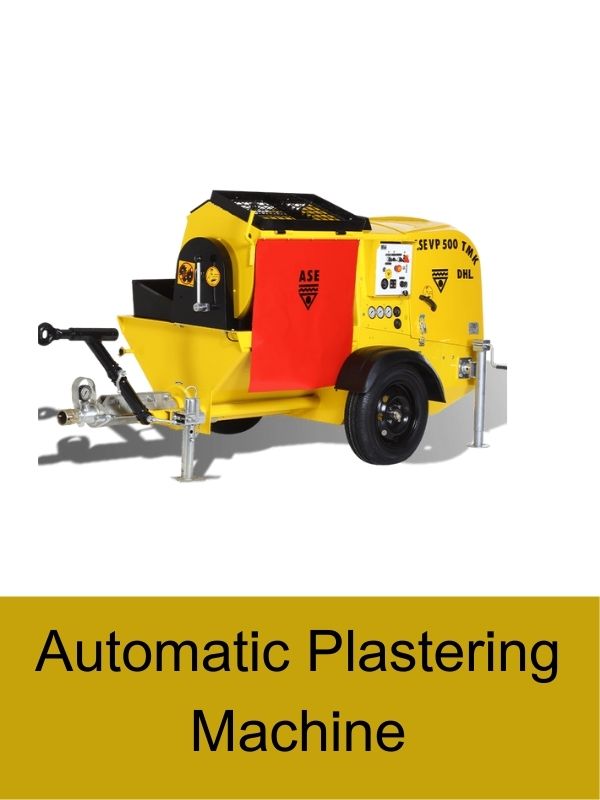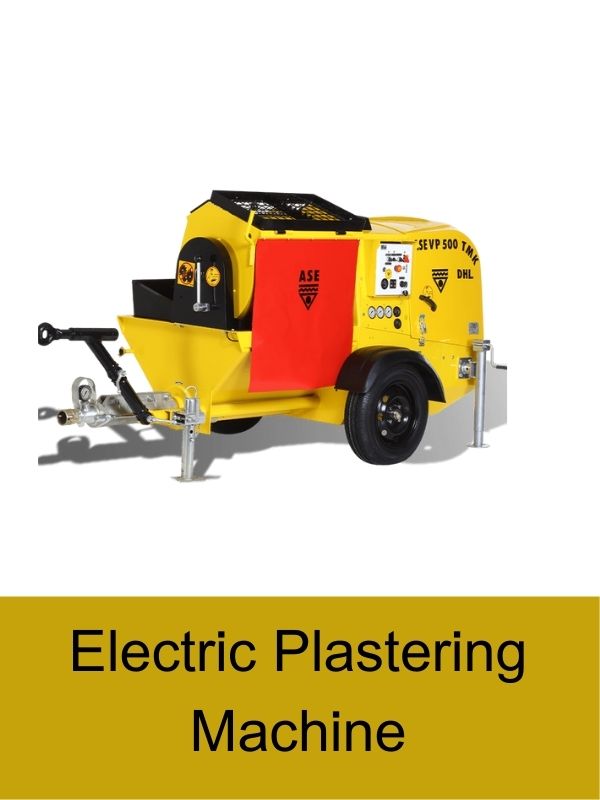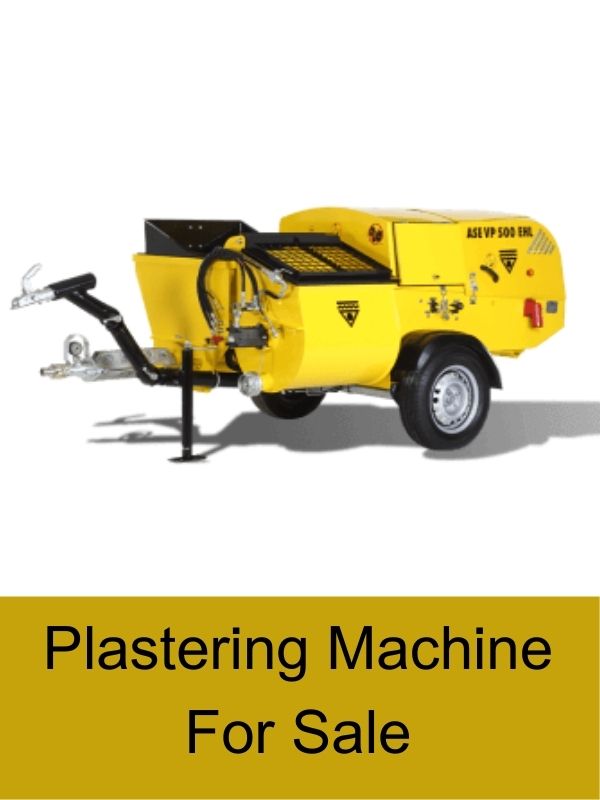In the realm of construction and interior design, achieving smooth and seamless walls is crucial. Gypsum plaster has emerged as a popular choice due to its exceptional qualities, and the advent of gypsum plaster machines has revolutionized the plastering process. This article explores the world of gypsum plaster machines, their benefits, working mechanisms, types, selection criteria, usage steps, maintenance tips, troubleshooting, safety precautions, and future trends.
What is Gypsum Plaster Machine?
A gypsum plaster machine, also known as a gypsum spraying machine or plastering machine, is a device used to automate and simplify the process of applying gypsum plaster to walls and ceilings. It eliminates the need for manual application, significantly reducing labor and time while ensuring consistent and high-quality results.
Benefits of Gypsum Plaster
Gypsum plaster offers several advantages over traditional cement or sand-based plaster. Understanding these benefits helps appreciate the value that gypsum plaster machines bring to the table.
Durability
Gypsum plaster is renowned for its exceptional durability. It forms a strong bond with the surface, providing long-lasting protection against cracks and deterioration. By incorporating a gypsum plaster machine, the plaster is applied uniformly and consistently, enhancing its overall durability.
Fire Resistance
One of the standout features of gypsum plaster is its excellent fire resistance. It contains water molecules that act as a natural fire retardant, ensuring enhanced safety in buildings. The automated application facilitated by a gypsum plaster machine ensures a uniform thickness, maximizing the fire resistance properties.
Easy Application
Compared to traditional plastering methods, using a gypsum plaster machine offers unparalleled ease of application. The machine sprays the plaster onto the surface, covering large areas quickly and efficiently. This saves time and effort, making it an ideal choice for both small-scale and large-scale projects.
How Does a Gypsum Plaster Machine Work?
Gypsum plaster machines operate on a simple yet efficient principle. The machine consists of a hopper or container to hold the plaster mix and a pump system that propels the plaster through a hose. The plaster is then sprayed onto the surface using a nozzle or spray gun. The machine’s settings can be adjusted to control the plaster flow rate and ensure precise application.
Types of Gypsum Plaster Machines
Gypsum plaster machines come in various types, each suited for specific requirements and project scales. Here are two common types:
Manual Gypsum Plaster Machine
The manual gypsum plaster machine is handheld and requires the operator to manually control the plaster flow by adjusting the pump lever. It is suitable for small-scale projects and areas that are hard to reach.
Automatic Gypsum Plaster Machine
The automatic gypsum plaster machine features advanced automation and control systems. It offers precise control over plaster flow rate, ensuring consistent application. This type of machine is ideal for large-scale projects where efficiency and speed are paramount.
Steps to Use a Gypsum Plaster Machine
Using a gypsum plaster machine involves several key steps to achieve optimal results. Here’s a general guide:
Preparing the Surface
Before applying the plaster, ensure the surface is clean, free from dust, and adequately primed. Smooth out any irregularities or cracks to create a suitable substrate.
Mixing the Gypsum Plaster
Follow the manufacturer’s instructions to prepare the gypsum plaster mix. Use clean water and a mixing paddle to achieve a smooth and lump-free consistency.
Loading the Machine
Fill the machine’s hopper with the prepared gypsum plaster mix. Ensure the machine’s pump system is primed and ready for operation.
Applying the Plaster
Hold the spray gun or nozzle at a suitable distance from the surface and start spraying the plaster in even strokes. Maintain a consistent pace and ensure proper coverage.
Maintenance and Cleaning Tips
To keep a gypsum plaster machine in optimal condition, regular maintenance is crucial. Here are some maintenance and cleaning tips:
- After each use, clean the machine thoroughly to remove any residual plaster.
- Lubricate the moving parts as recommended by the manufacturer.
- Inspect the hoses, nozzles, and pump system regularly for any signs of wear or damage.
- Store the machine in a clean and dry environment, protected from extreme temperatures.
Common Challenges and Troubleshooting
Despite their efficiency, gypsum plaster machines may encounter certain challenges. Here are some common issues and their possible solutions:
- Plaster clogging: Ensure the plaster mix is properly mixed and strain it to remove any impurities before loading it into the machine.
- Uneven application: Adjust the machine’s settings to regulate the plaster flow rate and ensure a consistent application.
- Nozzle blockage: Clean the nozzle regularly and use an appropriate-sized nozzle for the desired application thickness.
Safety Precautions
When operating a gypsum plaster machine, it is vital to prioritize safety. Here are some essential safety precautions to follow:
- Wear appropriate personal protective equipment (PPE) such as goggles, gloves, and a mask.
- Keep bystanders at a safe distance during the plastering process.
- Familiarize yourself with the machine’s user manual and follow the manufacturer’s instructions.
FAQ
Is gypsum plaster suitable for exterior applications?
Gypsum plaster is primarily used for interior applications due to its vulnerability to moisture. For exterior surfaces, alternative plastering materials should be considered.
Can gypsum plaster machines be used with different plaster mixes?
Yes, gypsum plaster machines can typically be used with various gypsum plaster mixes available in the market. However, it is essential to follow the manufacturer’s recommendations for optimal performance.
How long does it take for gypsum plaster to dry?
The drying time for gypsum plaster varies depending on factors such as temperature, humidity, and thickness. On average, it takes around 24 to 48 hours for gypsum plaster to dry completely.




